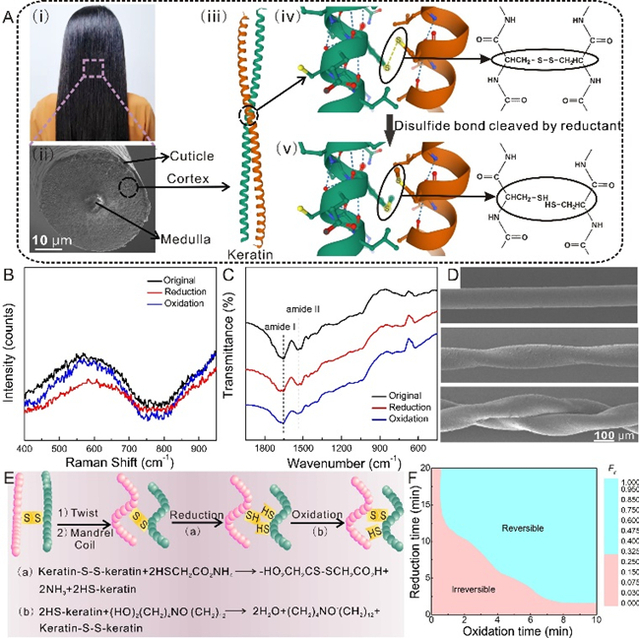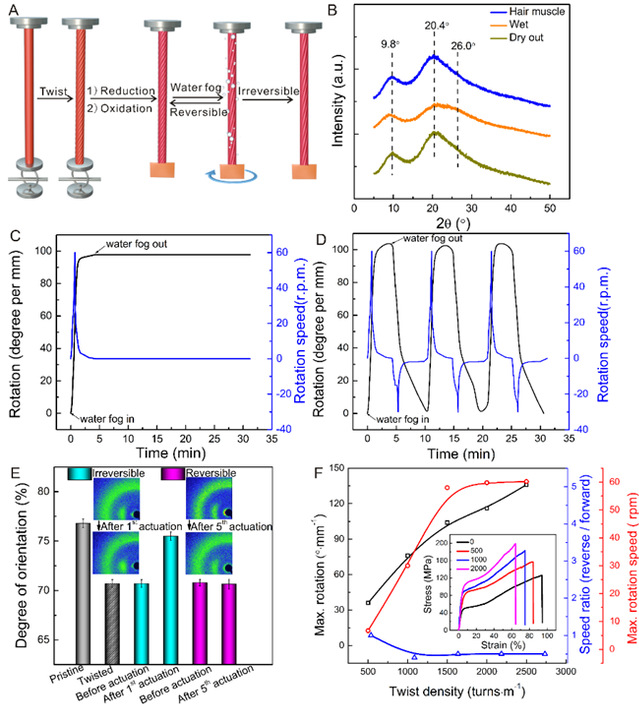Changing Hair into Robots? A Possibility Thanks to this New “Perm” Technology


1.The application of hair artificial muscle
Does it have to be complicated to make a robot that can walk and move? No! In the hands of a scientist, an ordinary human hair can be changed into a crawling robot in seconds. The team of Professor Liu Zunfeng from the College of Chemistry of Nankai University and the State Key Laboratory of Medicinal Chemistry Biology, which has long been committed to the research of artificial muscle materials, has developed a self-fixating intelligent hair artificial muscle using twisting and cold perm technology, which can automatically stretch by sensing humidity. The caterpillar robot made of this material can crawl, twist, and do other actions. This technology provides a new strategy for the shaping of twisted fibers containing chemical bonds, and it shows a strong future for application in the research and development of biocompatible smart materials, sensors and soft robotics.

2. The characterization of hair and the mechanism of preparing artificial muscles based on disulfide bonds
Hair is a natural biological material composed of abundant keratin, which has the advantages of high tensile strength, high heat insulation, complete biodegradability and easy availability. Since the alpha-keratin in hair is highly sensitive to water, the research team believes that hair is very suitable for preparing self-fixating artificial muscles. After repeated trials, the team used disulfide cross-linking in hair to develop this new smart perm technology, which realized the self-fixation of hygroresponsive tensile and torsional fiber artificial muscles.

3. Tensile and torsional fiber artificial hair muscle’s rotating and mechanical properties
The research team has used this self-fixating hair artificial muscle to make humidity sensors, smart switches, and crawling caterpillar robots.
The paper introducing the results was recently published in Materials Horizon, an authoritative international science journal about material science. Professor Liu Zunfeng is the corresponding author of the paper, and Nankai University PhD student Leng Xueqi is the first author.
URL of the paper:https://pubs.rsc.org/en/content/articlepdf/2021/mh/d1mh00234a
(Reported by Junhui Wu, translated by Menglin Lu, edited by Daniel Stefan and JianjingYun)









